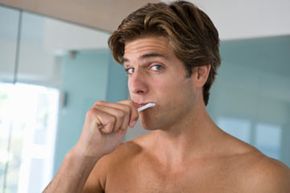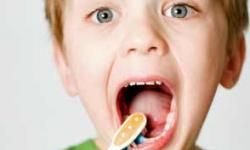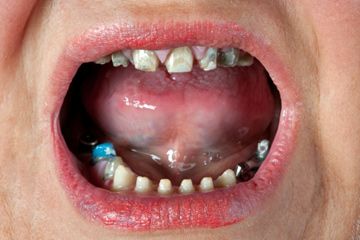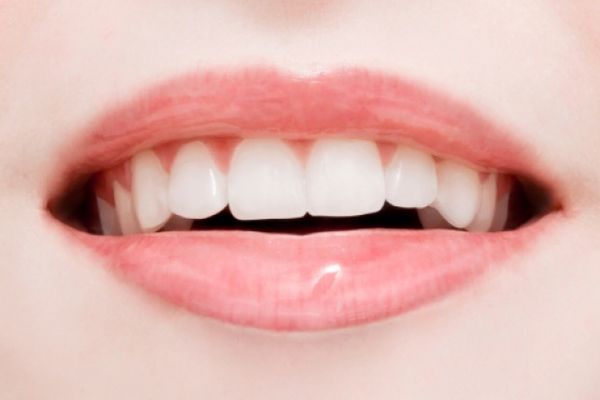An ad in Baton Rouge's Daily Gazette & Comet proclaims that Thompson's Tooth Soap "will prevent your teeth from decaying, effectually remove[s] all tartar, and gives a brilliant white, smooth polish to the teeth" [source: Baton Rouge Daily Gazette & Comet]. That ad dates back to February 1860, but it's not far off from something you'd expect to see today. Except today, that ad would likely be for toothpaste, not tooth soap.
Toothpaste has become big business. In developed countries, 97 percent of people use at least one kind of toothpaste. One market research company estimates that global sales will reach $12.6 billion by 2015 [source: GIA].
Advertisement
What's in this highly marketable product? Here are the usual ingredients:
- Fluoride
- Abrasives
- Humectants
- Disinfectants
- Detergents
- Thickeners
- Preservatives
- Flavoring agents
- Coloring agents
- pH buffers
- Binders
- Opacifiers
Only a few of those additives are necessary for cleaning your teeth. The rest simply have a psychological benefit. For instance, an ingredient like xanthan gum makes toothpaste nice and thick, which has a satisfying texture. And sodium lauryl sulfate (SLS) creates a mouth full of foam that we've been taught signals cleanliness.
Sodium lauryl sulfate also produces the lather in shampoo. And, just like with toothpaste, it doesn't do anything else but whip up those bubbles. It certainly doesn't give you a more thorough cleaning.
SLS presents an interesting case because it also makes the hit list of several consumer protection groups who maintain it may be dangerous to our health, despite the Food and Drug Administration's assurance that it's safe. The same goes for some coloring agents and preservatives. Some even argue strenuously against fluoride.
There isn't solid scientific evidence to back up these claims, but these accusations have led some consumers away from the drugstore's aisles and into their own pantries to concoct home remedies for their health. Others have joined them out of a desire to return to a simpler life, or just to save money. Whatever the reason, they've brought us right back to 1860 -- and tooth soap.
So, what are your options?
Advertisement



